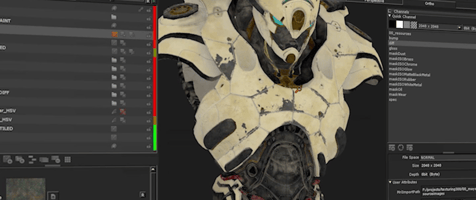Creating stunning 3D models for the gaming and animation industries requires a mastery of 3D...
An Introduction to Linear Perspective: Exploring the Principles of Representing Three-Dimensional Space on a Two-Dimensional Surface
Linear perspective is an art technique used to create the illusion of depth and distance on a two-dimensional surface. It was developed during the Renaissance in Italy by artists such as Filippo Brunelleschi and Leon Battista Alberti. Linear perspective is based on the idea that parallel lines will appear to converge as they recede into the distance. This means that objects that are further away will look smaller and less distinct than those closer up. Linear perspective is used to create a three-dimensional effect in a two-dimensional painting or drawing.
This is achieved by using a vanishing point, which is a single point in the composition where all parallel lines seem to converge. This point is usually at the horizon line, but can be placed anywhere in the composition. Objects that are closer to the viewer will be bigger and more detailed, while those further away will be smaller and less detailed.
Linear perspective can be used to create a realistic and believable scene. Artists can use the technique to create a sense of distance and depth, and make objects appear to be in the correct relative size. This technique can also be used to create an exaggerated perspective, where objects appear much larger or smaller than they would in real life.
Linear perspective is a useful tool for any artist, as it can be used to create a realistic, believable scene. It is also a great way to add a sense of depth and distance to a painting or drawing. By understanding and using this technique, you can create artwork that is visually appealing and has a sense of realism.




